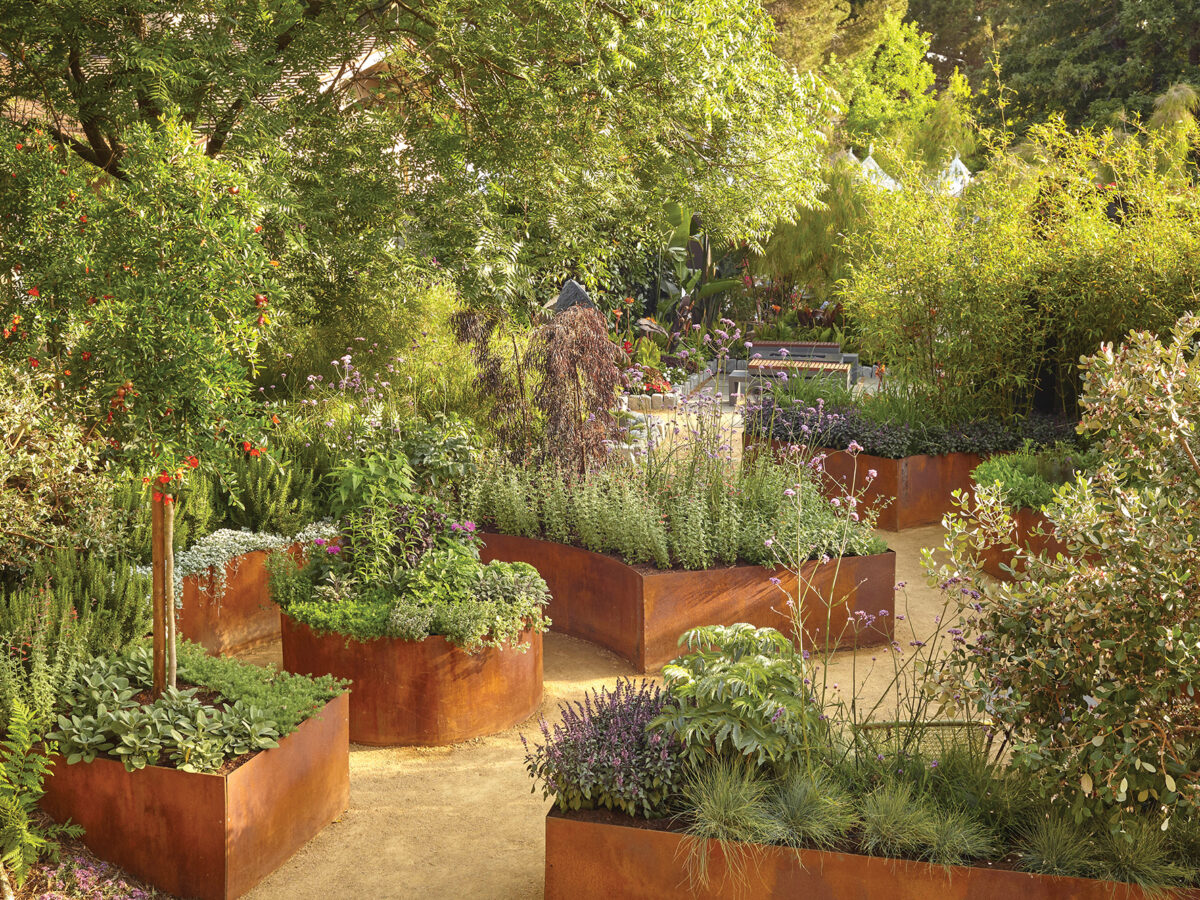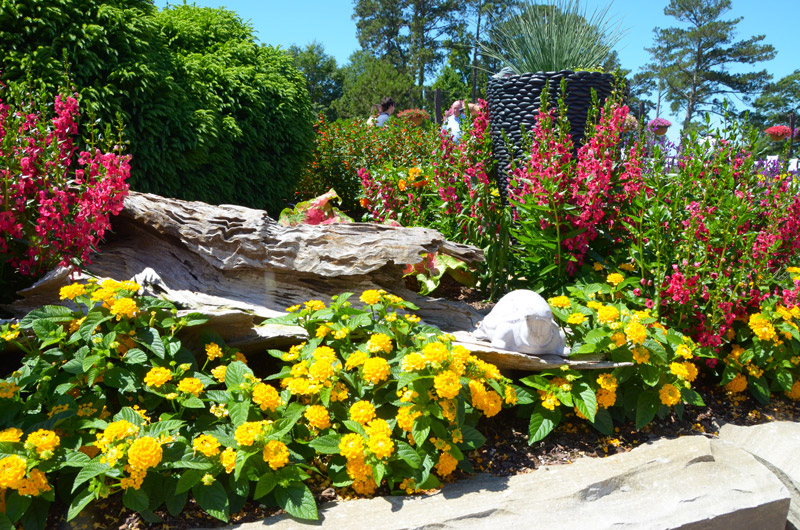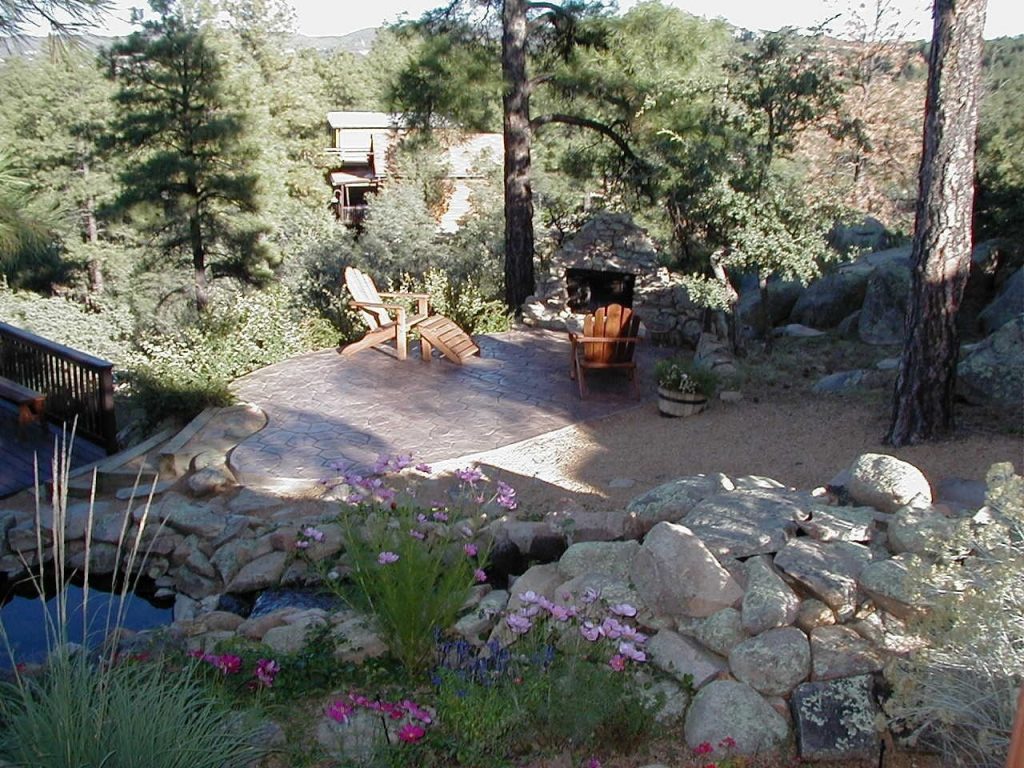The Only Guide for Hilton Head Landscapes
The Only Guide for Hilton Head Landscapes
Blog Article
9 Easy Facts About Hilton Head Landscapes Described
Table of Contents5 Easy Facts About Hilton Head Landscapes ExplainedNot known Facts About Hilton Head LandscapesHow Hilton Head Landscapes can Save You Time, Stress, and Money.How Hilton Head Landscapes can Save You Time, Stress, and Money.Not known Facts About Hilton Head LandscapesHilton Head Landscapes for DummiesEverything about Hilton Head Landscapes
Line creates all kinds and patterns and can be made use of in a range of methods in the landscape. Line in the landscape is developed by the edge between 2 materials, the summary or silhouette of a kind, or a long straight function. Lines are a powerful device for the developer since they can be used to develop a limitless range of forms and kinds, and they manage movement of the eye and the body.

Lines in the landscape. The buildings of lines identify just how people react to the landscape, both emotionally and physically.
The Ultimate Guide To Hilton Head Landscapes
Straight lines are most commonly found in hardscape sides and product. Bent lines develop a casual, all-natural, kicked back personality that is associated a lot more with nature and unbalanced equilibrium. Bent lines move the eye at a slower speed and include enigma to the space by producing surprise views. Vertical lines relocate the eye up, making an area really feel larger.
Upright lines in the landscape consist of tall, narrow plant material, such as trees, or tall structures, such as an arbor or a bird house on a pole. Straight lines relocate the eye along the ground airplane and can make a room feel larger. Reduced lines are a lot more controlled and produce a sensation of rest or repose.
A Biased View of Hilton Head Landscapes
Reduced lines are produced by low yard wall surfaces, pathways, and short bushes. Lines are utilized to draw types on a plan. In strategy sight, they specify plant beds and hardscape areas. Lines are likewise produced by the upright kinds of developed features and plant product. There are three main line types that develop form in the landscape: bedlines, hardscape lines, and plant lines.
Bedlines attach plant material to your home and hardscape due to the fact that the eye adheres to the line, relocating the gaze via the landscape. Hardscape lines are produced by the edge of the hardscape, which delineates the built structure. Line can likewise be produced by long and slim products, such as a fence or wall.
The Only Guide to Hilton Head Landscapes
Kind is located in both hardscape and plants, and it is normally the dominant aesthetic component that spatially organizes the landscape and commonly establishes the design of the yard. The form of frameworks, plant beds, and yard accessories additionally determines the overall form style of the garden. Formal, geometric kinds include circles, squares, and polygons.
Plants develop kind in the garden with their outlines or silhouettes, but kind can also be defined by a gap or negative space between plants - Landscaping bluffton sc (https://hiltonheadlandscapes.godaddysites.com/f/transform-your-outdoor-space-with-hilton-head-landscapes). Circles can be cycles, or they can be divided into half circles or circle sectors and incorporated with lines to develop arcs and tangents
See This Report about Hilton Head Landscapes
Circles are a strong layout kind due to the fact that the eye is always attracted to the facility, which can be utilized to emphasize a focal point or attach various other types. Round kinds in hardscape and lawn panels.
The square type can likewise be segmented and previously owned repeatedly to create a grid pattern. Unlike circles, squares are stronger on the sides, which can be lined up or overlapped to develop unique patterns and even more complicated kinds.
Meandering lines commonly resemble the natural course of rivers or streams and can be referred to as smooth lines with deeply curved wavinesses. Twisting lines (Number 3) work well for pathways, plant bedlines, and dry stream beds. Meandering lines can add interest and secret to a yard by leading visitors around corners to find brand-new sights and areas.
5 Easy Facts About Hilton Head Landscapes Explained

Number 5. Fragmented sides: stepping stones in pathway. Kind is the most enduring quality of a plant (landscapers in bluffton sc). https://yoomark.com/content/family-owned-and-operated-hilton-head-landscapes-has-been-serving-beaufort-county-over. Usual plant kinds are well developed and standard, as kind is the most consistent and recognizable characteristic of plants. Form can additionally be developed via the massing of plants, where the general mass produces a different form than a specific plant.
A highly different type must be made use of with careone or more work well as a centerpiece, however a lot of wreak havoc. Natural plant kinds, instead of over-trimmed types, need to develop the bulk of the make-up. The importance of overall kind is basically based on the viewing perspectivethe type of a tree can appear fairly different to an individual standing under the canopy versus see seeing the tree from a range in an open area.
3 Easy Facts About Hilton Head Landscapes Described
Plant forms likewise develop and define deep space or open areas in between the plants, developing either convex or scooped forms in the spaces. High-arching tree branches usually develop a concave open room under the branches, and a round canopy with reduced branches loads the room to create a convex form in the open area under the tree.

Report this page